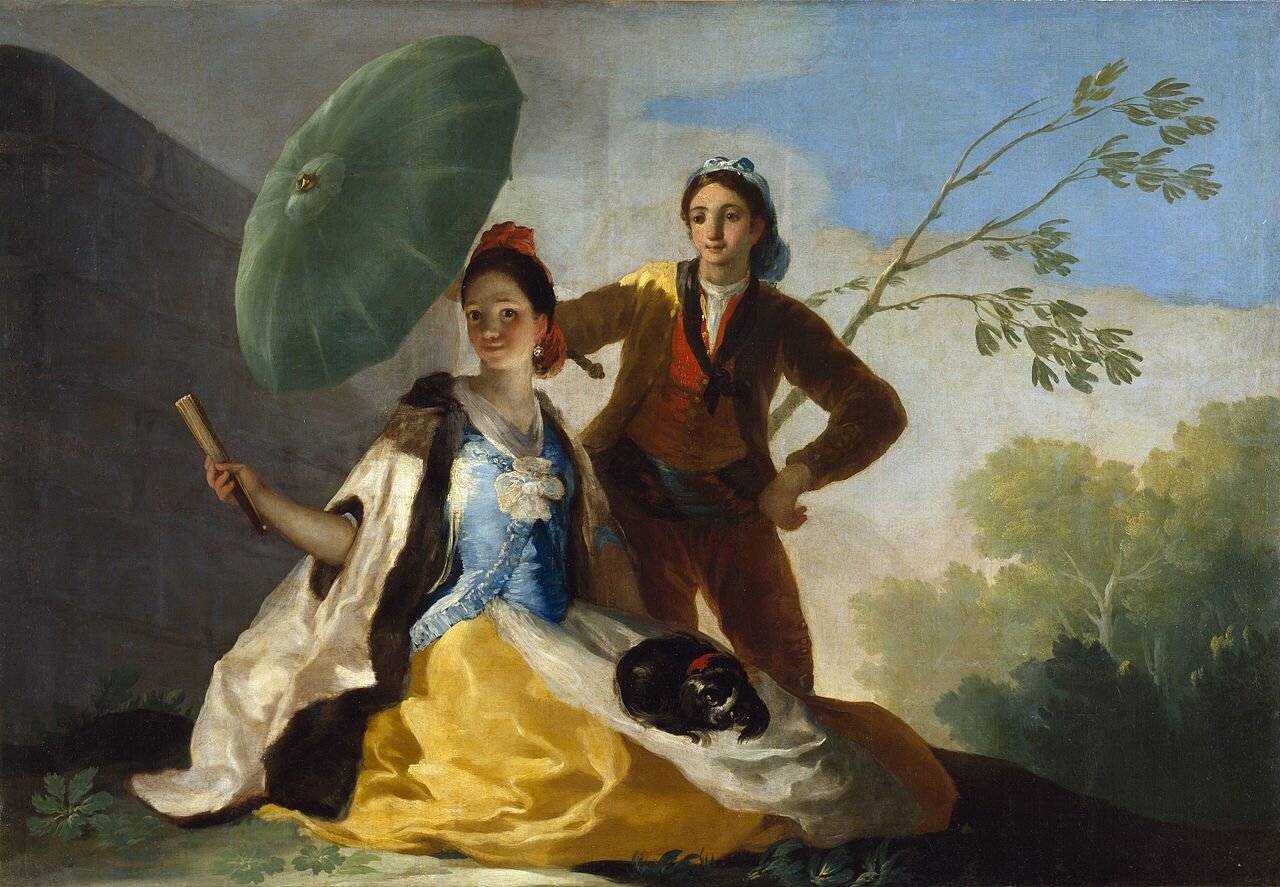Francisco José de Goya y Lucientes
Francisco Goya was a master Spanish artist who lived from 1746 to 1828. His story is an incredible one. Goya´s story is not just that of a talented artist, but of an enlightened thinker who keenly observed and commented on his time. Despite great adversity he produced incredible art. His story is similar to Beethoven´s in that he followed his art and kept creating despite everything that life threw in his path. Like Beethoven he also went deaf and suffered from physical illness throughout his life.
Goya’s paintings and drawings cover a wide gambit, depicting nobility, the common people, pastoral scenes, daily life and many other themes. Goya painted life as he saw it, showing both the good and the bad, with an unflinching gaze that seemed to pierce through the subject and reveal the truth to the observer. Goya, like all great painters, was a master at using light in his paintings.
Goya was extremely prolific. I have included some of his paintings below, but this is only a brief overview. I have left more complete biographies as links at the end of this page:
The parasol. An earlier, happier work.
A portrait of Gaspar Melchor de Jovellanos, a great enlightenment thinker.
A portrait of the Royal Family of Carlos IV (1800). At once an open criticism of the royal family and homage to Velázquez´s Las Meninas.
The Third of May 1808. Goya lived through the French invasion of Spain during the Napoleonic Wars. This painting depicts the firing squads after the capture of Madrid. One of the most important functions of art is to accurately record events as they happened so that they are not forgotten.
The Sleep of Reason Produces Monsters. This is Goya´s most famous drawing. It is a strong critique of Spanish society at the time. It is a lament that despite the values of the Enlightenment, ignorance and the danger that comes from ignorance persist.
More Information about Goya:
Mueso del Prado
Many of Goya´s works are found in the Prado museum:
Wikipedia
The Wikipedia article gives an excellent overview on Goya´s life:
https://en.wikipedia.org/wiki/Francisco_Goya
A biography of Goya in English:
“Goya” by Robert Hughes
Photo credits:
Retrato del pintor Francisco de Goya -De Vicente López Portaña - Museo Nacional del Prado, Galería online, Dominio público,
https://commons.wikimedia.org/w/index.php?curid=17628217
Francisco de Goya y Lucientes - Gaspar Melchor de Jovellanos - Dominio público,
https://commons.wikimedia.org/w/index.php?curid=18636655
Capricho n.º 43, «El sueño de la razón produce monstruos»
De Francisco de Goya - Museo del Prado, Dominio público,
https://commons.wikimedia.org/w/index.php?curid=25056202
La familia de Carlos IV, 1800
De Francisco de Goya - Museo del Prado, Dominio público,
https://commons.wikimedia.org/w/index.php?curid=76048043
El tres de mayo de 1808 en Madrid, 1814
De Francisco de Goya - Museo del Prado, Dominio público,
https://commons.wikimedia.org/w/index.php?curid=22615690
El quitasol, 1777
De Francisco de Goya - Museo del Prado, Dominio público,





